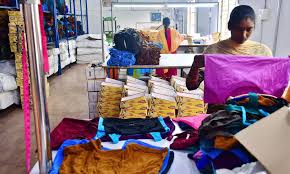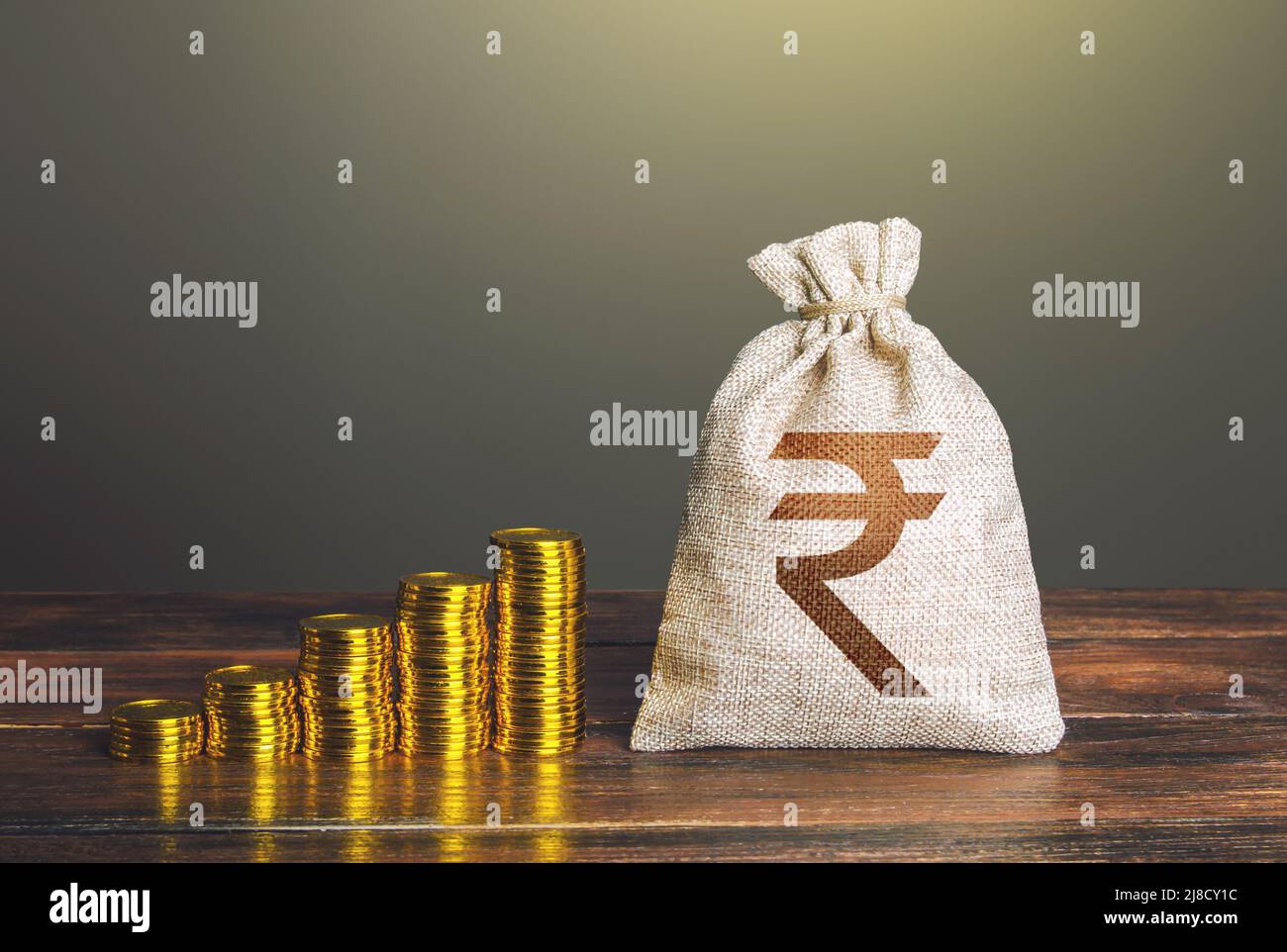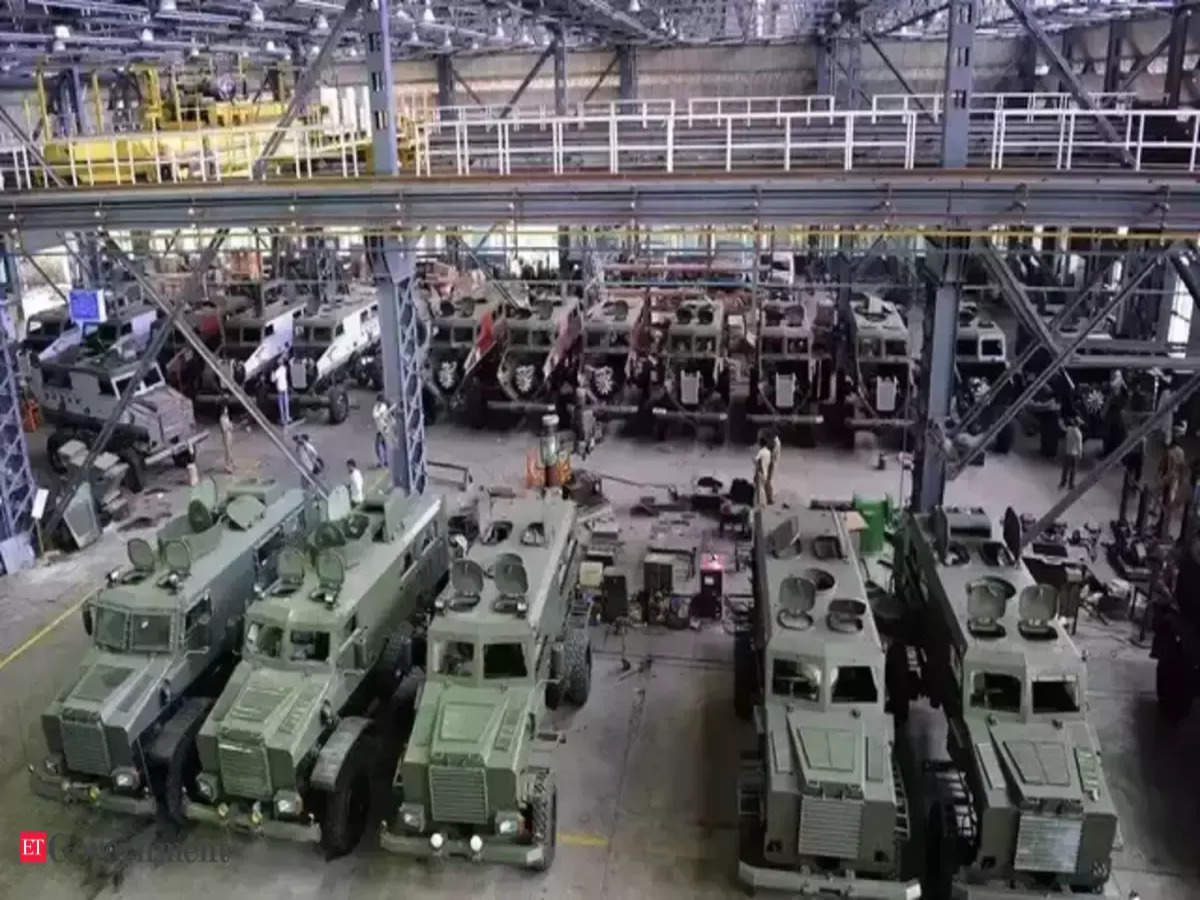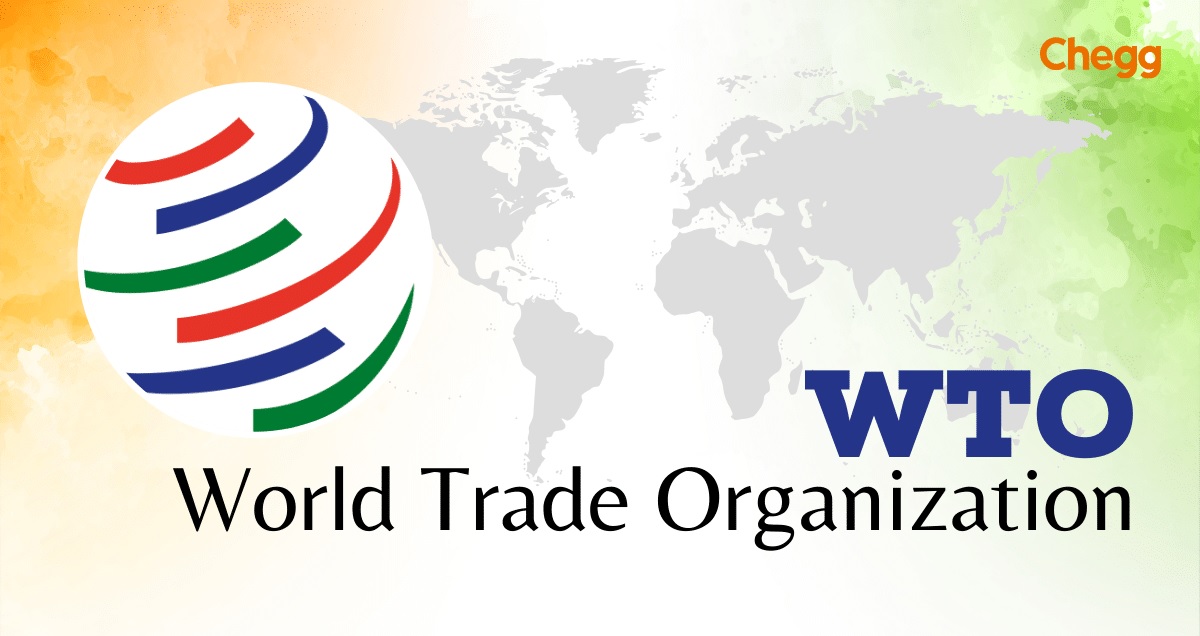The Hindu : Page 04
Syllabus : : GS 3 : Indian Economy
India’s garment exports, valued at $14.5 billion in 2023-24, are hampered by high import duties, complex procedures, and outdated regulations.
- Competitors like Vietnam and Bangladesh have outpaced India, with rising imports and domestic supply issues exacerbating the problem.The PLI scheme for textiles has also failed to attract investment.

Current Export Performance:
- India’s garment exports in 2023-24 totaled $14.5 billion, a decrease from $15 billion in 2013-14.
- Vietnam’s garment exports grew nearly 82% to $33.4 billion, and Bangladesh’s grew nearly 70% to $43.8 billion over the same period.
- China’s garment exports were approximately $114 billion, a nearly 25% drop from a decade earlier.
Issues with Production-Linked Incentive (PLI) Scheme:
- The PLI scheme for textiles, launched in 2021, has not attracted significant investor interest.
- The scheme requires substantial modifications to effectively boost the sector, according to the Global Trade Research Initiative (GTRI).
Rising Imports and Domestic Concerns:
- India’s imports of garments and textiles reached nearly $9.2 billion in 2023.
- The figure may rise further if the export decline continues, particularly with the introduction of Chinese brands like Shein in India.
Complex Procedures and Import Restrictions:
- Indian garment exporters face difficulties in obtaining quality synthetic fabrics due to complex import procedures and restrictions.
- Exporters in Bangladesh and Vietnam do not encounter similar complexities, making their processes more efficient and less costly.
Quality Control Orders (QCOs) and High Costs:
- Recent QCOs have complicated the importation of essential raw materials, leading to increased costs for exporters.
- Indian exporters must rely on more expensive domestic suppliers for raw materials like polyester staple fibre and viscose staple fibre, making Indian garments less competitively priced.
Outdated Procedures and Administrative Burdens:
- The Directorate General of Foreign Trade and Customs enforces outdated procedures requiring detailed accounting for every square centimetre of imported materials.
- These procedures impose significant administrative burdens on exporters, leading to inefficiencies and additional costs.
Recommendations for Reform:
- The report suggests a comprehensive overhaul of existing procedures and policies.
- Simplifying the import process and updating regulatory practices could help reduce costs and improve export efficiency.
- Addressing these systemic issues is crucial for enhancing the competitiveness of Indian garments in the global market.
Mains Practice Question
Ques : Discuss the challenges facing India’s garment export sector and suggest reforms to enhance its global competitiveness. How have import duties, procedural complexities, and the Production-Linked Incentive (PLI) scheme impacted the sector?







